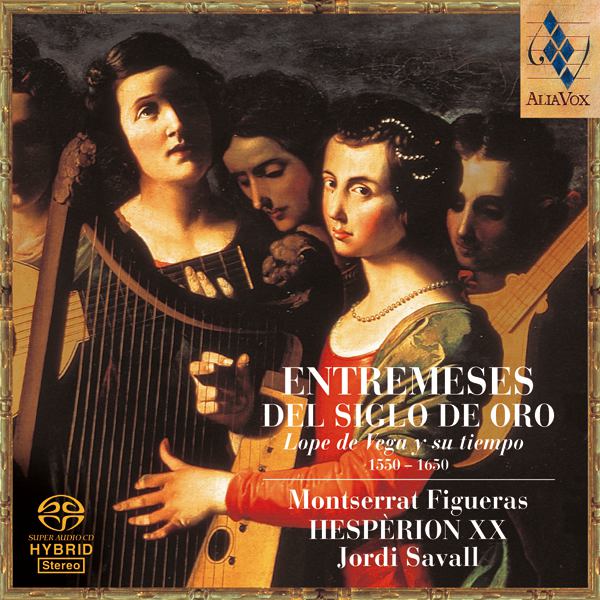ENTREMESES DEL SIGLO DE ORO
(1550-1650) Lope de Vega y su tiempo
Hespèrion XXI, Jordi Savall, Montserrat Figueras
15,99€
Ref: AVSA9831
- Montserrat Figueras
- Hespèrion XXI
- Jordi Savall
One of the most distinctive characteristics of the rich theatrical tradition of the Iberian Peninsula, starting with the early sixteenth-century playwrights such as Juan del Enzina in Spain or Gil Vicente in Portugal, is the prominent role played by music in its context. By the beginning of the seventeenth-century, in every major Peninsular city where theatrical performances were allowed to take place—usually in a patio (courtyard) surrounded by rudimentary seating facilities for the audience—both the sacred autos sacramentales and the secular comedias usually opened with a tono for four voices and continuo known as cuatro de empezar (literally “four-part opener”), sometimes followed by a loa (laud). Musical “special effects” (courtly fanfares, military trumpet calls and drum rolls, thunderstorm roars, etc.) as well as full-scale songs and dances would then be inserted in the dramatic action itself, and at the end of the performance there could come a musical fin de fiesta (“end of feast”). Furthermore, the successive acts could be separated by musical interludes called bailes or entremeses, often quite developped, musically as well as dramatically.
+ information in the CD booklet
RUI VIEIRA NERY
University of Évora







Share